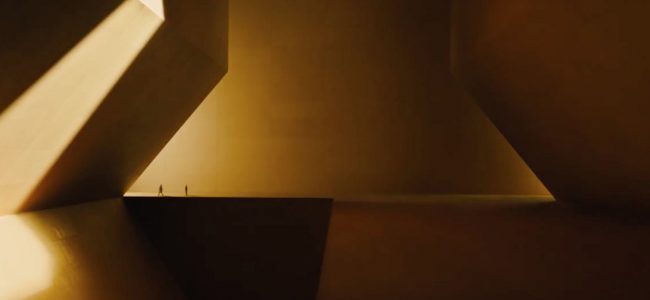
archiFIcture
“the future is already here, it’s just not very evenly distributed”
William Gibson
Architecture is really very much a form of storytelling. The studio will stress out the possibility of using it as a fictional discipline in order to speculate on and imagine new forms of futures. Indeed, we will first study and analyze the different ways within which architects have generated fictions about the future, as well as the past and the present. For instance, architects like Antonio Sant’Elia, Archigram, Lebbeus Woods and—today—Liam Young, have imagined futures by using architecture and its means of expression (drawings, collages, videos, comic books). Yet, architecture has most obviously—and more often—fictionalized the present and the past. Since ever, architects have used representation to imbed stories and narratives in their projects. So it was for the modern avant-garde and its relationship with the “machine”, with the post-moderns and their use of the past, for the fictionalization of digital culture, so it was—and it is—for each architect who wants to produce something that is more than just a simply functional space.
Differently, and more obviously, other media (such as movies) have more capacity to speculate on the future. This is the case of the Sci-fi genre (from Fritz Lang’s Metropolis, to by Denis Villeneuve’s Blade Runner 2049). It is not in fact by chance that some architects have referred to this medium in order to create fictions. Le Corbusier did so in order to define the house as a “machine for living”. Rem Koolhaas has done a similar operation when, in the 1970s, he re-imagined virtual space by inventing virtual characters replacing real actors in movies.
As already done by these architects (and many others), we will challenge the fictional and narrative aspect of architecture, by toying with different media. Of course, the research will be based on the course’s topic and its main output will be a book. Yet, in this studio, students will be asked to take a step forward and transform their research in a proper speculative product. They will be then asked to imagine the future developments of their case studies looking for possible transformations of today’s political and cultural issues in the time that has yet to come: the future.
Goals of the studio
Studio Archificture will result in books and videos, comics, collages, (maybe) performances, drawings or models, using all potential skills for their realization. Of course, essential disciplinary, political, philosophical and cultural positions are reflected upon in the process. The studio is taught in English.
Important learning goals and outcomes for the course beyond its central theme (Understanding and creating architectural fictions):
. Learning to read and express oneself in English.
. Learning to edit a book and to make up a fictional narrative.
. “Learning to Learn”: learning from books, from lecturers and from other students.
. Acquisition of learning strategies and content in the context of the research of architectural theory and history.
. Learning an effective use of the library(s) and archives. Learning important research techniques, also for archival research.
. Writing texts, using pictures, making books, editing videos, and producing effective fictional narratives.
. Use of several presentation techniques in varied contexts and with different media: essay, short presentation with PowerPoint or Keynote, book, comics, website, video and so on.
.Teamwork: we usually work in teams of two students. The topics and presentations are structured in such a way that all teams can benefit from each other and the individual presentations are part of a larger whole or product.
Image: Blade Runner 2049
